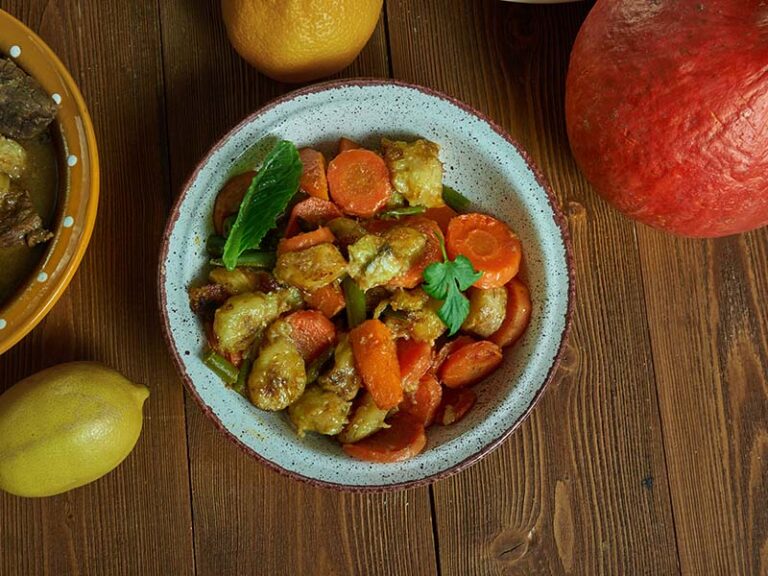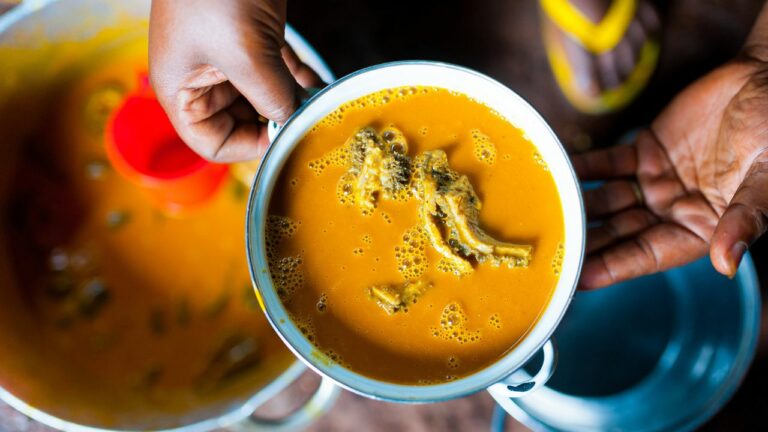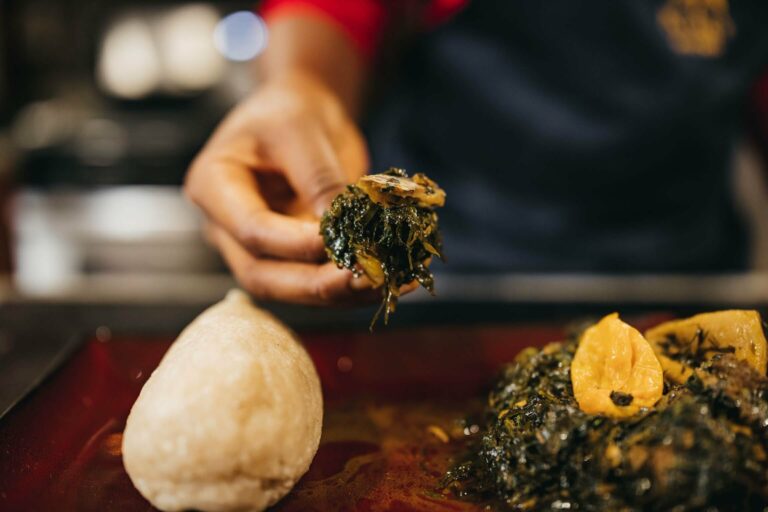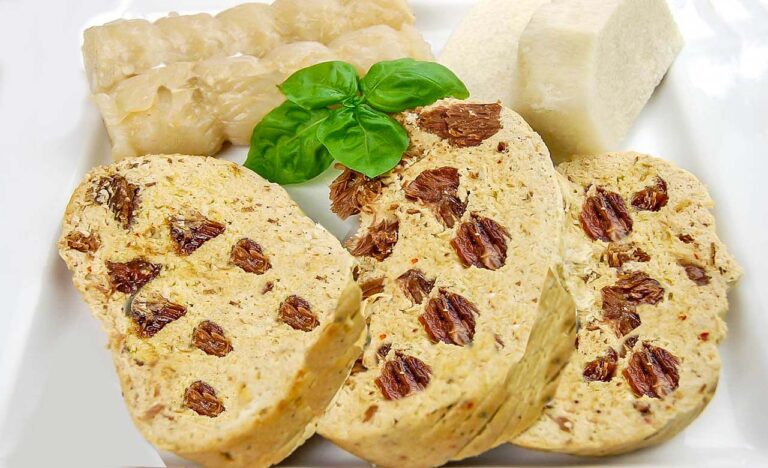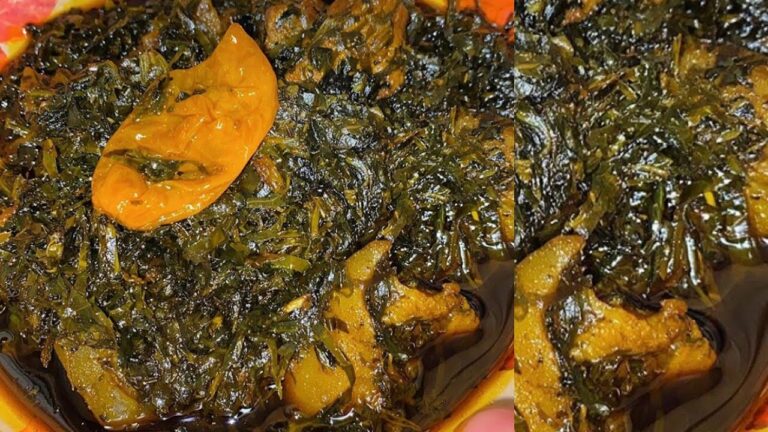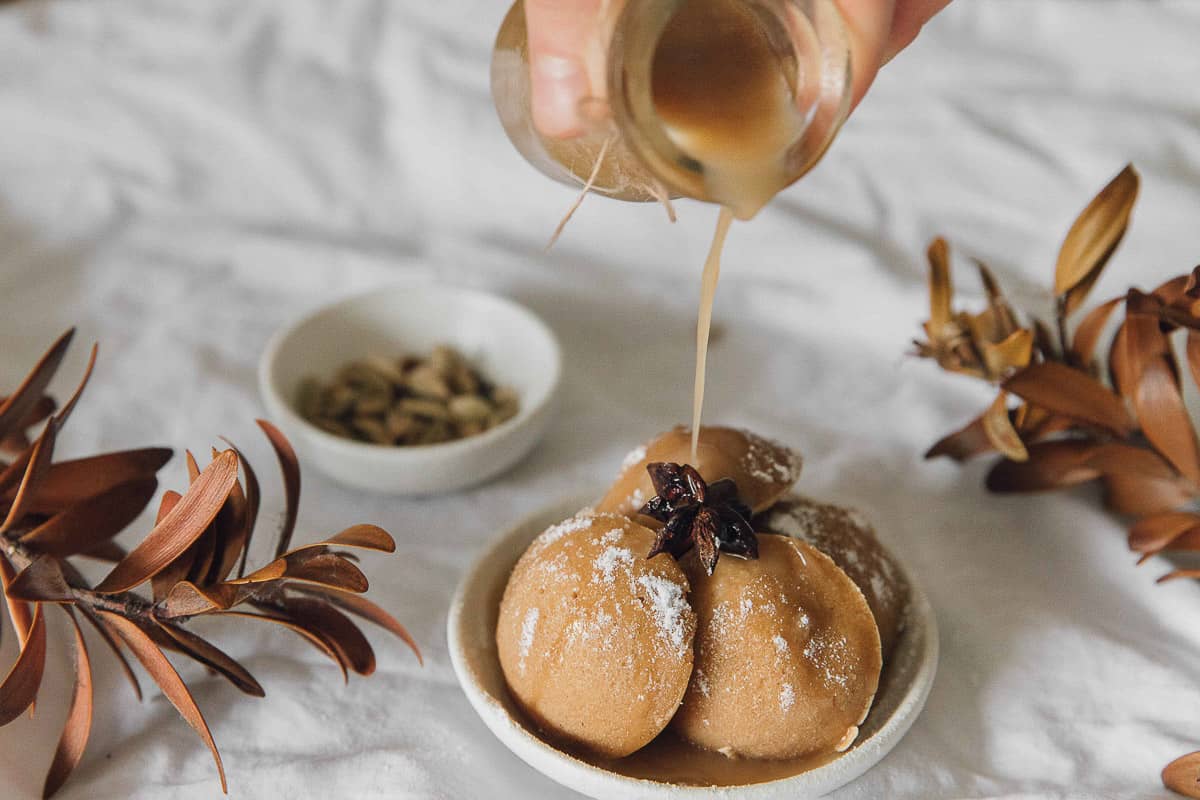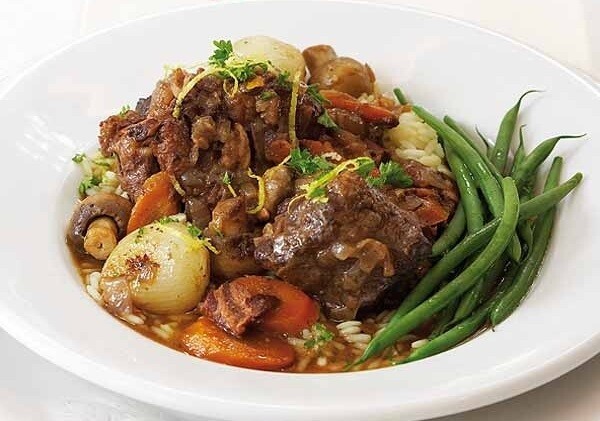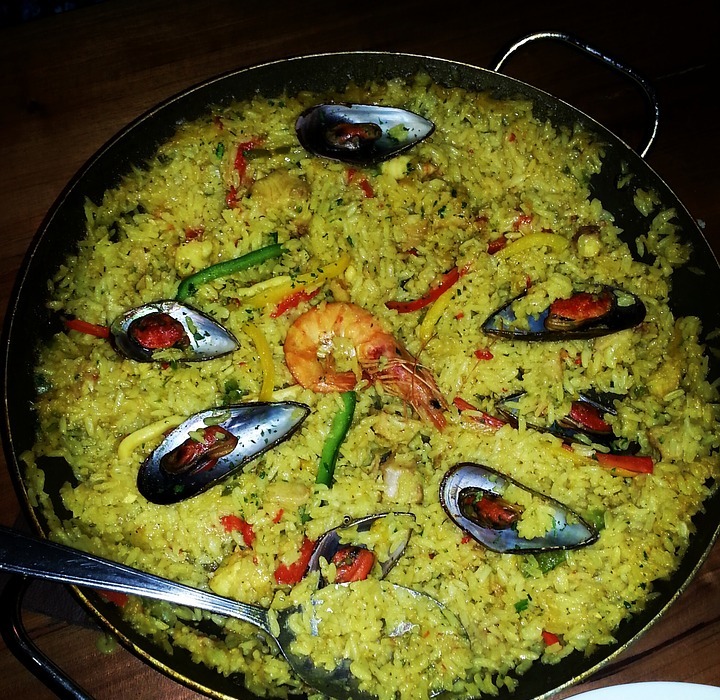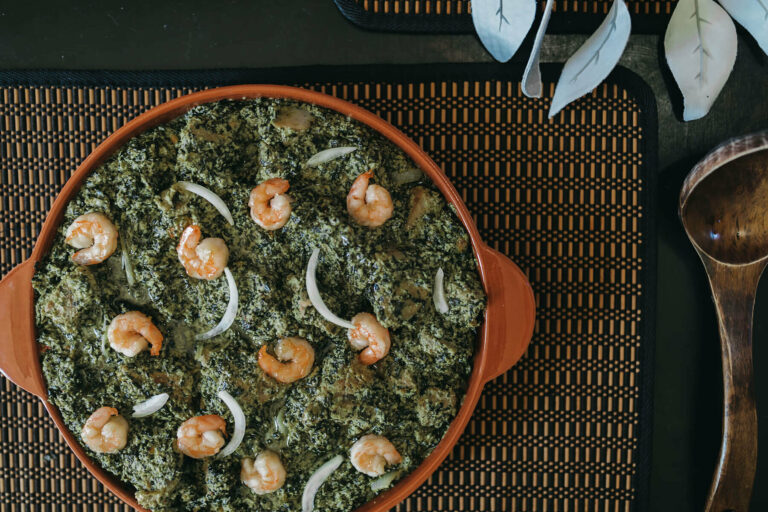Introduction: Cameroonian Desserts
Cameroon, a country located in Central Africa, is known for its diverse cuisine that reflects the cultural and regional influences of the country. Cameroonian desserts are no exception, as they draw inspiration from the local ingredients and traditional cooking methods. From savory puddings to sweet pastries, Cameroonian desserts offer a unique culinary experience.
1. Ndolé: A Savory Delight
Ndolé, a popular Cameroonian dish, is also served as a dessert. It is made with bitter leaves, peanuts, and meat or fish, and is cooked with spices to give it a flavorful taste. Ndolé is often served with a side of white rice, and it is a perfect way to end a meal.
2. Puff-Puff: A Sweet Dough Treat
Puff-Puff is a sweet dough treat that is a staple dessert in Cameroon. It is made with flour, sugar, yeast, and water, and is deep-fried until golden brown. Puff-Puff is often served at special occasions such as weddings, birthdays, and other celebrations. It is a simple yet delicious dessert that can be enjoyed by people of all ages.
3. Koki: A Hearty Pudding
Koki is a hearty pudding that is made with black-eyed beans, palm oil, and spices. The beans are ground into a paste and mixed with spices, palm oil, and water. The mixture is then wrapped in banana leaves and steamed until it is cooked through. Koki is a filling dessert that is often served as a main course.
4. Beignet: A French-Inspired Sweet
Beignet is a French-inspired sweet that is popular in Cameroon. It is made with flour, sugar, eggs, and milk, and is deep-fried until golden brown. Beignet is often served with a dusting of powdered sugar and is a perfect dessert for a cold evening.
5. Baked Banana: A Simple Dessert
Baked banana is a simple yet delicious dessert that is popular in Cameroon. It is made by slicing a banana and baking it in the oven until it is soft and caramelized. Baked banana can be served with a scoop of ice cream or whipped cream, and it is a perfect way to end a meal.
6. Gateau Nkui: A Festive Cake
Gateau Nkui is a festive cake that is often served at special occasions in Cameroon. It is made with cassava flour, eggs, and sugar, and is baked until it is golden brown. Gateau Nkui is often decorated with fruits and nuts and is a perfect dessert for a celebration.
7. Coconut Rice Pudding: A Creamy Option
Coconut rice pudding is a creamy and delicious dessert that is popular in Cameroon. It is made with rice, coconut milk, and sugar, and is cooked until the rice is tender and the pudding is creamy. Coconut rice pudding can be served warm or cold and is a perfect dessert for a hot day.
8. Chin Chin: A Crunchy Snack
Chin Chin is a crunchy snack that is popular in Cameroon. It is made with flour, sugar, butter, and milk, and is deep-fried until it is golden brown. Chin Chin is often served as a dessert or snack and is a perfect complement to a cup of tea or coffee.
Conclusion: Enjoying Cameroonian Desserts
Cameroonian desserts offer a range of flavors and textures that are sure to please any palate. Whether you are looking for a sweet or savory option, there is something for everyone. From Puff-Puff to Gateau Nkui, Cameroonian desserts offer a unique culinary experience that is not to be missed. So, the next time you are in Cameroon, be sure to try out some of these delicious desserts.

